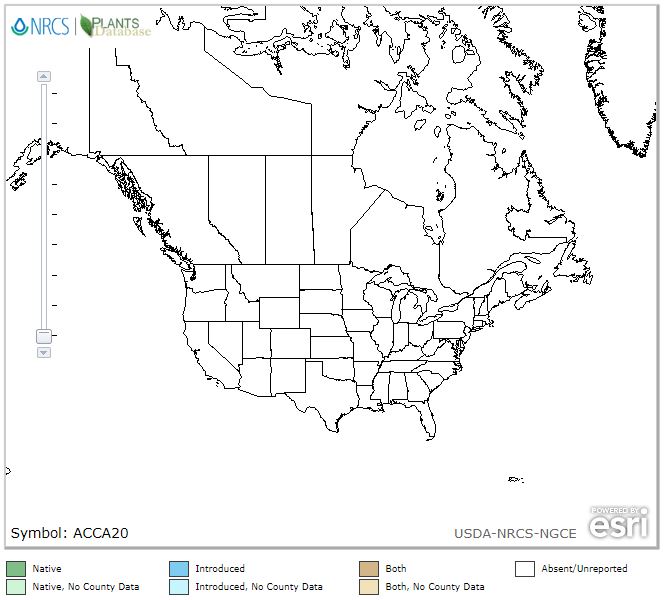Sodium Sulfate, Máng Xiāo, 芒硝, Natrii Sulfas
Disclaimer For educational purposes only. Do not use as medical advice
Space Space
Space USA: USDA Zones: Native: Habitats: Herbal medicine may interact negatively with pharma drugs and other herbs. Examples below: Herbs: Pharma Drugs:
Health Benefits
For: Constipation with dry and hardened stools • Poor lactation (hypogalactia) • Nodules • Lumps • Breast abscess
Attributes: Laxative
Products (online examples)
Space
Space
Research (sample)
Articles:
Constituents:
Photos (Click to enlarge)
Fun Facts
Other Names: Mirabilite • Sodium sulfate • Na2SO4
Mineral Composition:
Pharmacopeias: Ming Yi Za Zhu
Species
Growth
TBD
TBD
is not in the USDA Plant Database. Drill down via USDA Interactive Map:
Category: Downward Draining
English: Sodium Sulfate Pinyin: Mang Xiao Pharmaceutical: Natrii Sulfas
Organs: Stomach • Large Intestine • Lung Temperature: Very Cold Taste: Bitter • Pungent • Salty Toxicity:
Actions: Moisten dryness • Soften clumping in the intestine • Purge accumulations • Drain fire • Clear phlegm • Reduce swelling • Clear stagnation • Clear heat • Promote lactation
Indications: Constipation • Breast lumps • Abscesses and swelling • Oral ulcers • Hot phlegm
Contraindications: Pregnancy • Spleen and Stomach deficiency cold
Dosage: 6g to 18g • Do not decoct alone, add to other formula or mix with warm water Guidelines
Parts Used: Notable for: Constipation
Other: This material attracts water from the body into the intestine and bulks up stool • May be impacting the osmotic pressure in the intestinal peristosis
Combine With
Purpose
Formulas with Mang Xiao
Alert
Be cautions with all medicine.
Potential Drug Interactions
Information in this post came from many sources, including class notes, practitioners, websites, webinars, books, magazines, and editor's personal experience. While the original source often came from historical Chinese texts, variations may result from the numerous English translations. Always consult a doctor prior to using these drugs. The information here is strictly for educational purposes.



0 Comments